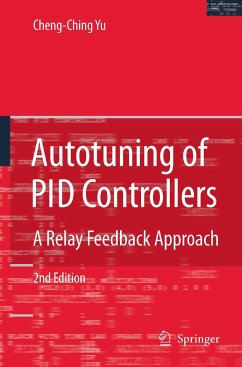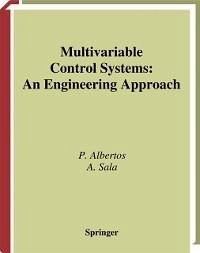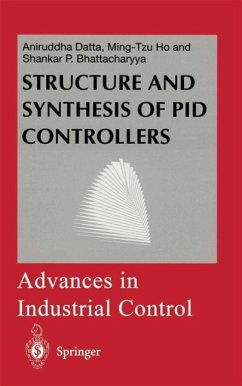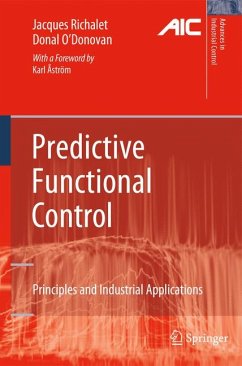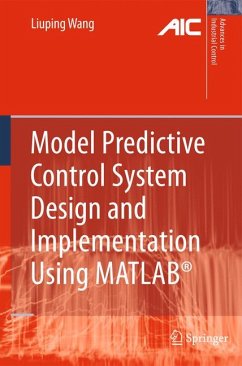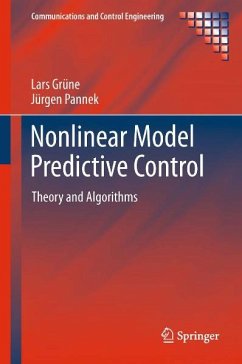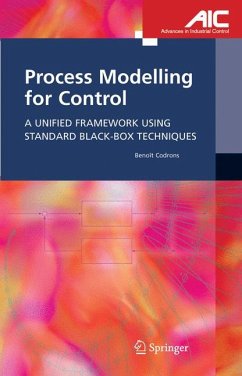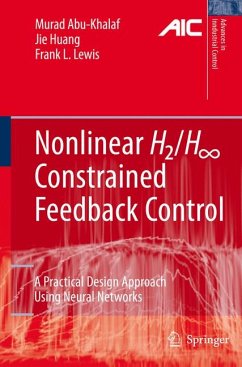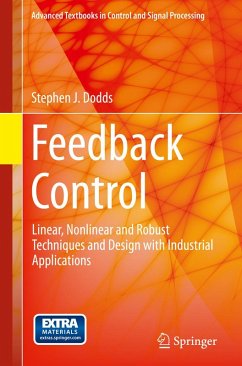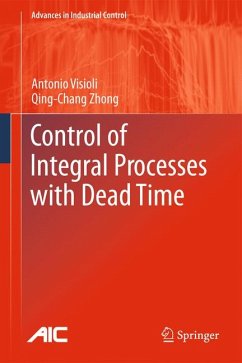
Windup in Control (eBook, PDF)
Its Effects and Their Prevention
Versandkostenfrei!
Sofort per Download lieferbar
128,95 €
inkl. MwSt.
Weitere Ausgaben:

PAYBACK Punkte
64 °P sammeln!
Actuator saturation is probably the most frequent nonlinearity encountered in control applications and causes "controller" windup and "plant" windup calling for distinct remedies.Peter Hippe presents antiwindup solutions for stable and unstable single-input-single-output and multiple-input-multiple-output (MIMO) systems. The solutions use only standard tools for the investigation of linear systems - state equations, transfer functions, etc. Less rigorous solutions which guarantee improved performance but without strict proof of stability are also demonstrated. Maintenance of MIMO system direct...
Actuator saturation is probably the most frequent nonlinearity encountered in control applications and causes "controller" windup and "plant" windup calling for distinct remedies.
Peter Hippe presents antiwindup solutions for stable and unstable single-input-single-output and multiple-input-multiple-output (MIMO) systems. The solutions use only standard tools for the investigation of linear systems - state equations, transfer functions, etc. Less rigorous solutions which guarantee improved performance but without strict proof of stability are also demonstrated. Maintenance of MIMO system directionality and bumpless transfer are included and the developments in control methods are always supplemented by easily repeated numerical examples.
Academics doing control-related research and engineers working in the process industries will find this book an extremely useful overview of systematic windup prevention for all kinds of systems. It also has valuable insights to offer the graduate student of control.
Peter Hippe presents antiwindup solutions for stable and unstable single-input-single-output and multiple-input-multiple-output (MIMO) systems. The solutions use only standard tools for the investigation of linear systems - state equations, transfer functions, etc. Less rigorous solutions which guarantee improved performance but without strict proof of stability are also demonstrated. Maintenance of MIMO system directionality and bumpless transfer are included and the developments in control methods are always supplemented by easily repeated numerical examples.
Academics doing control-related research and engineers working in the process industries will find this book an extremely useful overview of systematic windup prevention for all kinds of systems. It also has valuable insights to offer the graduate student of control.
Dieser Download kann aus rechtlichen Gründen nur mit Rechnungsadresse in A, B, BG, CY, CZ, D, DK, EW, E, FIN, F, GR, HR, H, IRL, I, LT, L, LR, M, NL, PL, P, R, S, SLO, SK ausgeliefert werden.




